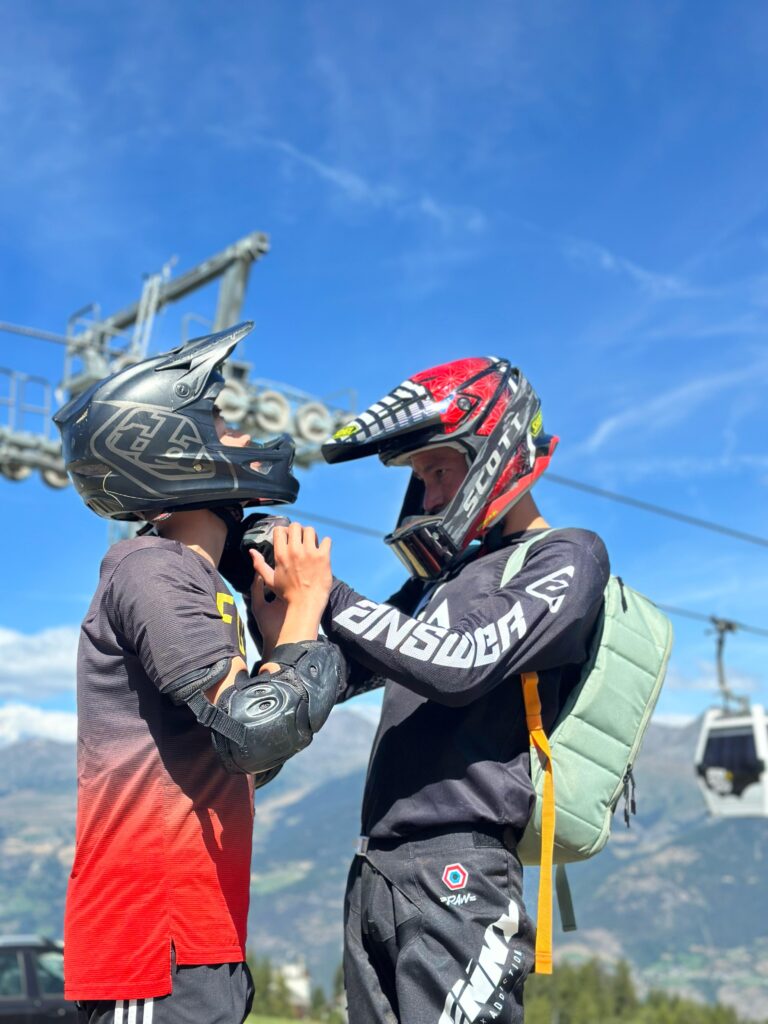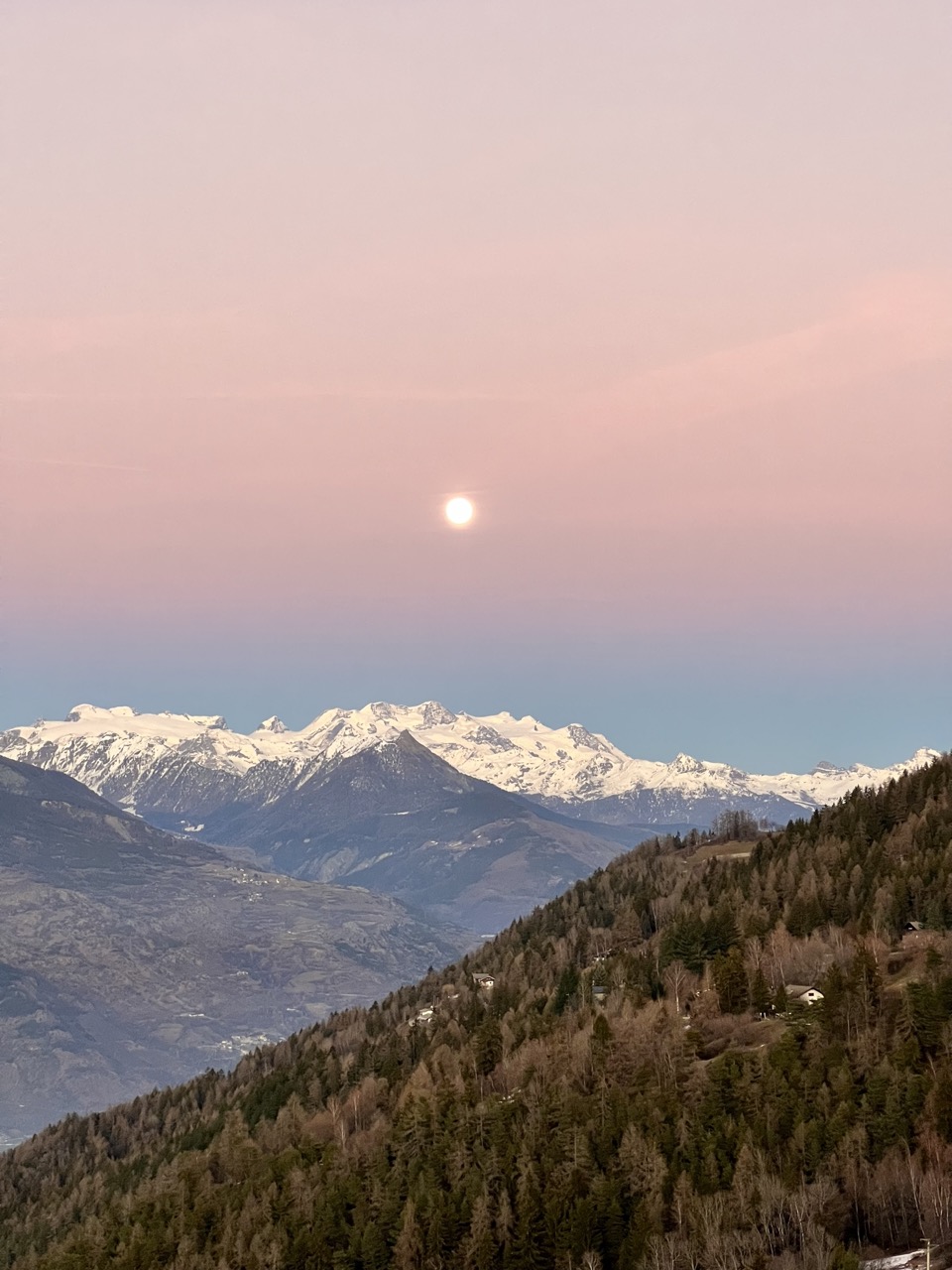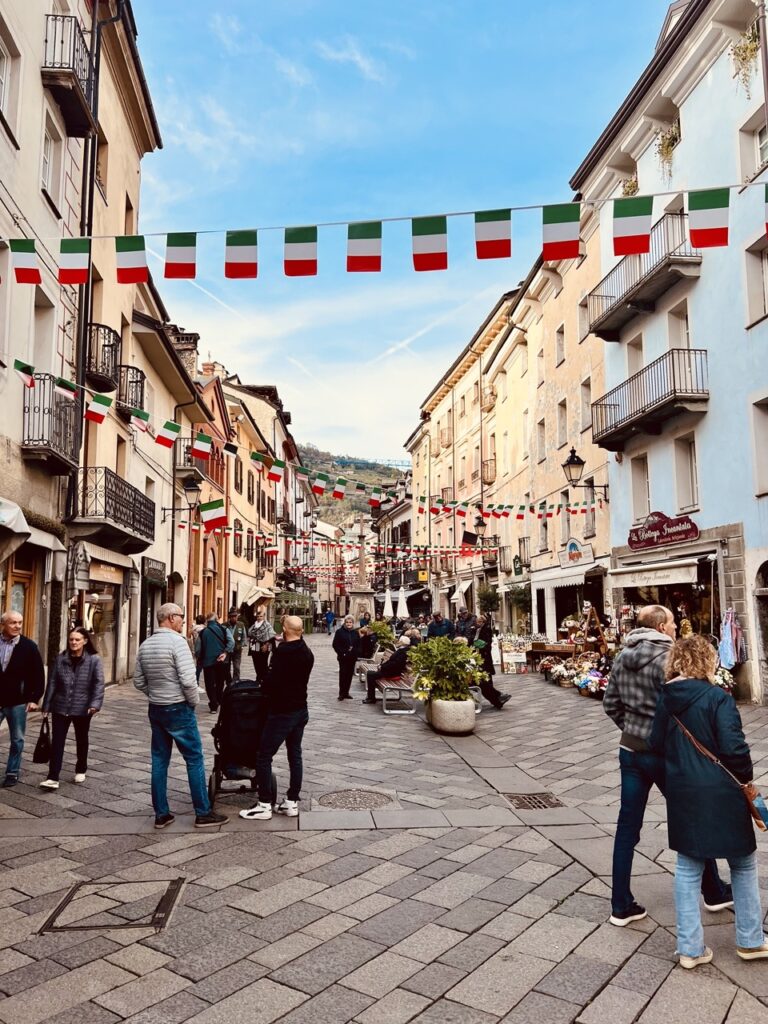Valle d’Aosta, forms the heart of the Italian Alps and offers many opportunities for adventurers, nature lovers and culture enthusiasts alike. From ski slopes in winter to versatile hiking trails, downhill MTB routes and picturesque villages in summer, Valle d’Aosta is a playground for those who enjoy the real outdoors.
Our favorites
Culture
The name of the Valle d’Aosta region refers to Aosta, the regional capital and also the only city in the region. A city that was discovered early on by the Romans to trade, due to the important mountain passes between Italy and France. You can see today that Italian and French culture have come together in this region. You can find this in the dialect, way of life and eating habits. Far away from Rome, people speak a Savoy dialect in this autonomous region.
Aosta boasts a great Roman past and is also called the “Rome of the Alps. Impressive Roman sights are well preserved and recall the period when it was called Augusta Praetoria. Hotspots include: Ponte arcquedotto the Pont d’Ael (Roman Aqueduct), the Arch of Augustus. The impressive triumphal arch was built immediately after Emperor Augustus’ victory in 25 BC. Porta Praetoria, ancient Roman fortress wall.
The historic center is a succession of beautiful historic buildings. In the lively streets are beautiful stores and everywhere you can eat and drink.

Downhilling
The mountain bike enthusiast can indulge in Pila Bike Park.
There are a dozen tracks that are part of Pila Bike Park, one of which is the freeride track Pila Aosta which, with the two tracks before it, make up the wonderful route of the “Desarpa Bike”: a total of 15 km and 2,200 altimeters! You start at 2705 meters and finish 15 km later in Aosta….
The freeride tracks, are accessible to anyone with a little experience in descending, the difficulty levels are well marked, and there are chicken ways at the trickier sections. The Downhill tracks, however, require good athletic and technical training.

Explore the local delicacies

Hiking in the mountains





